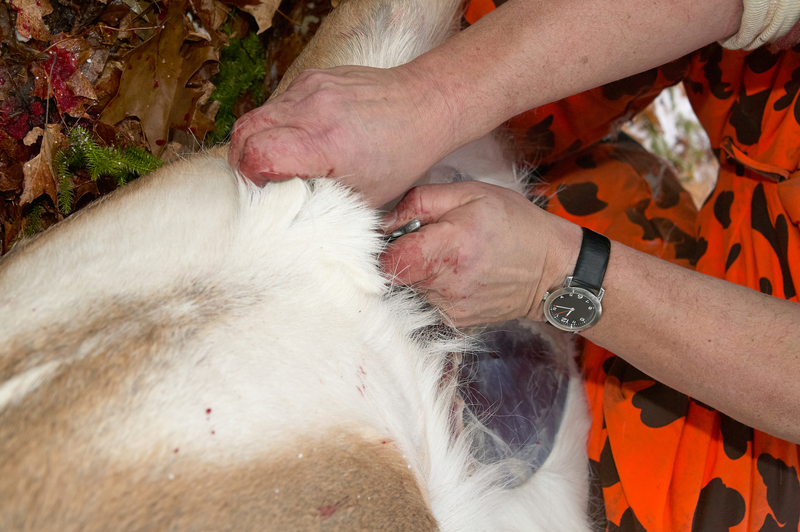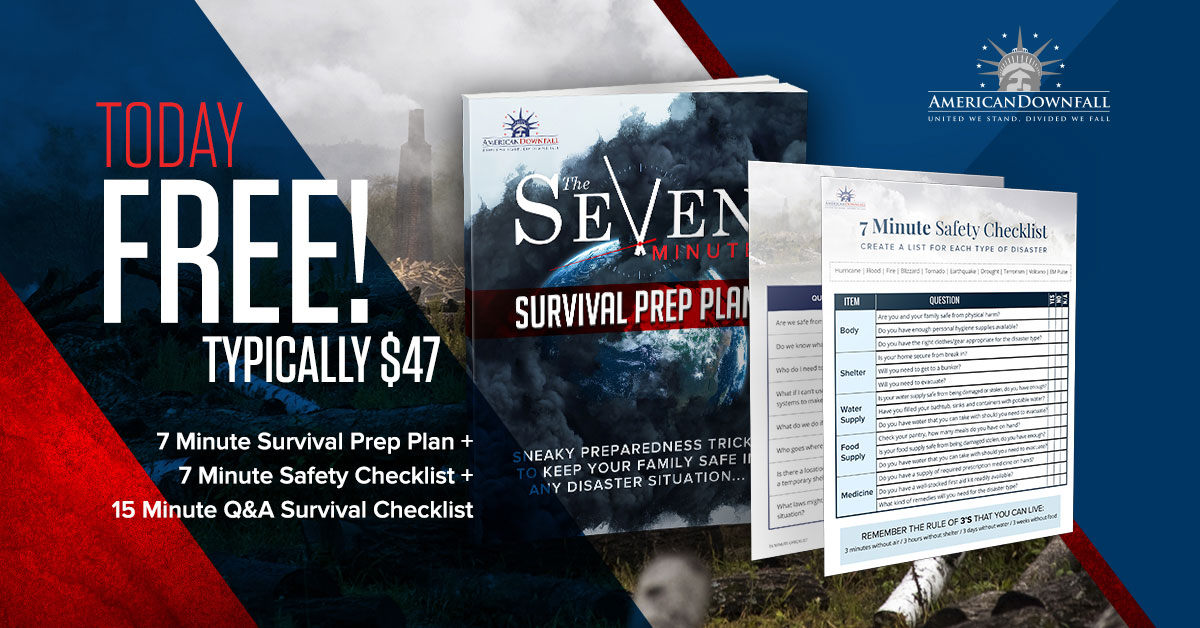You’ve chosen your weapon, you’ve stalked your prey, you’ve made your shot, you’ve downed your first kill…Now What?
First – Get Those Guts Out
The faster you can remove the entrails, the better off you’ll be. But what is fast? Most experts will tell you if you can get it accomplished in less than 4 hours after the kill, you’ll probably be OK.
Next – Skin the Hide
You’ll need to remove the skin shortly after the guts so the meat can begin to cool.
As you go, avoid puncturing the meat or cutting through the hide to let fur onto the meat as both ways can let harmful bacteria in.
When you do get fur on the meat, you can pick it off with your fingers or burn it off with a torch to kill any bacterial contamination.
Once the animal has been relieved of its skin, cover it with a cloth game back or clean fabric. This cover will absorb any oozing blood and guard it against contamination.
Cool It
While gutting and skinning gets the cooling process started, you’ll need to continue and speed up this process to ensure the meat doesn’t spoil.
If you are dressing your kill before you leave the area, keep a portable cooler in your vehicle so you can expedite the cooling process. If you only have ice available, try to keep it in sealed containers. Exposure to water (ice) can compromise the texture of your meat and affect its flavor. If you have the means, consider a clean ice alternative like ice packs or frozen water bottles.
Have your cooler cooled and ready to go so there will be no delay in getting your meat down to optimal temps.
Get Slicing
Using a sharp set of tools, butcher your meat for optimal storage and to make easy use of it later.
This process also is the time to rid the meat of unwanted items like silverskin, tendons, or large vessels that sometimes appear in the muscle tissue. Basically, if you know you don’t want to eat it, cut it out now.
Keep it Stored – Correctly
If you are dealing with a big game kill, like a deer, you probably aren’t going to be able to consume all your fresh meat before it spoils. Freezing the surplus will give you access to protein months later, but you need to make sure you are using the proper storage supplies. Containers and storage bags specifically designed for “Freezer” use are what you want. Anything else isn’t going to be made of a thick enough barrier to prevent freezer burn. Ziplock and Glad both make excellent products for long-term deep freeze storage, or you can go old school with freezer paper and masking tape. This option also makes labeling what’s inside, a breeze.
Suggested Article: “Your Guide For Need to Know Bullet Information”
Ideally, you’ll want to portion your meat according to how much you and your family will eat in one sitting. This eliminates thawing out more than you need since it’s dangerous to re-freeze meat after it’s been thawed unless you cook it first.
Keeping it Cheap
If you have the ability to hunt for food, you could save hundreds on grocery bills. Whether you live in a rural area or take the time to spend a long weekend stocking up before going back to the urban jungle, being able to dress it, butcher it and store it in a timely manner will is a wonderful skill. These skills will also allow you to provide for yourself in an emergency survival situation.



